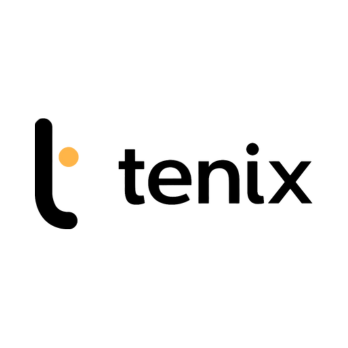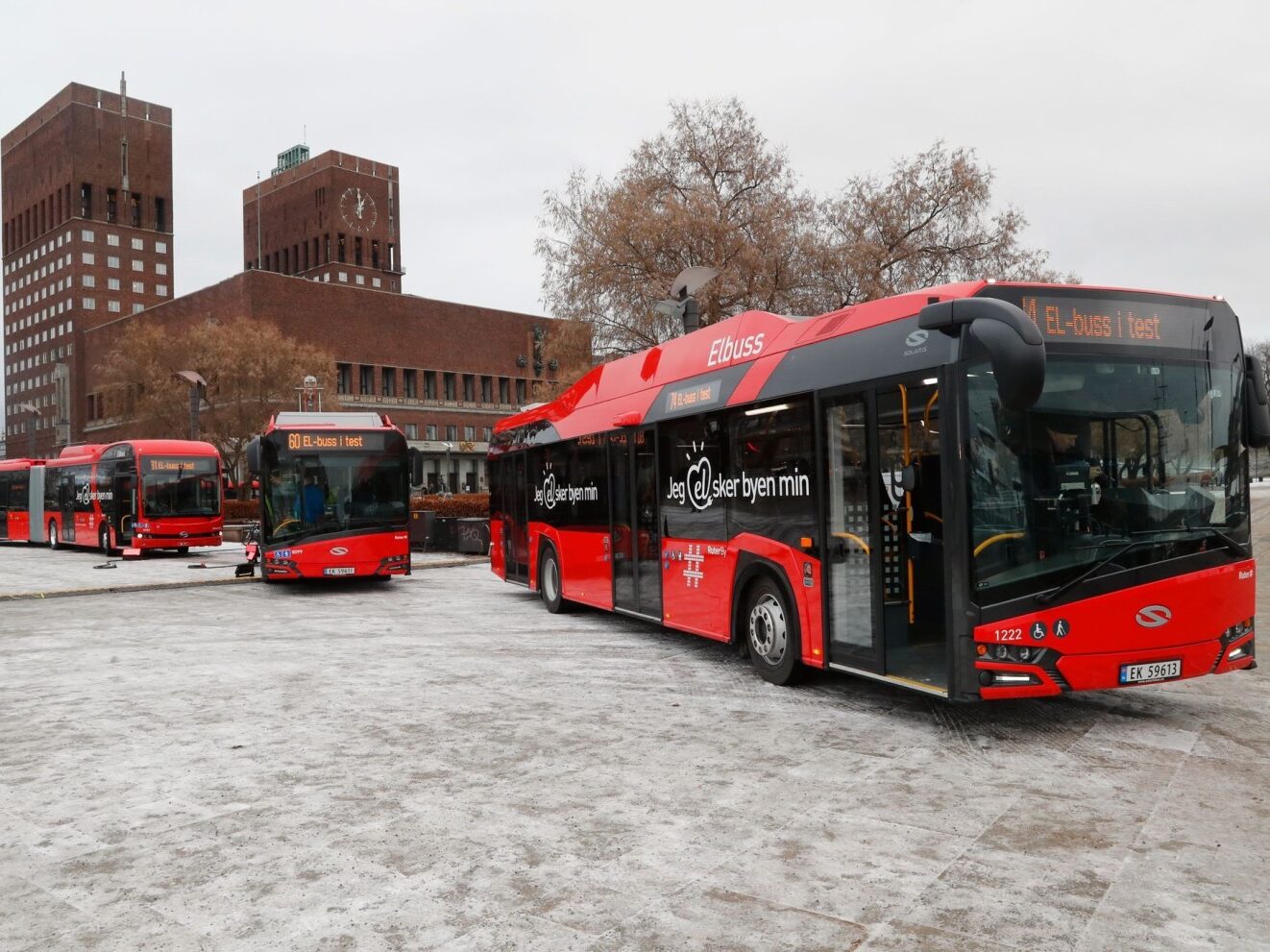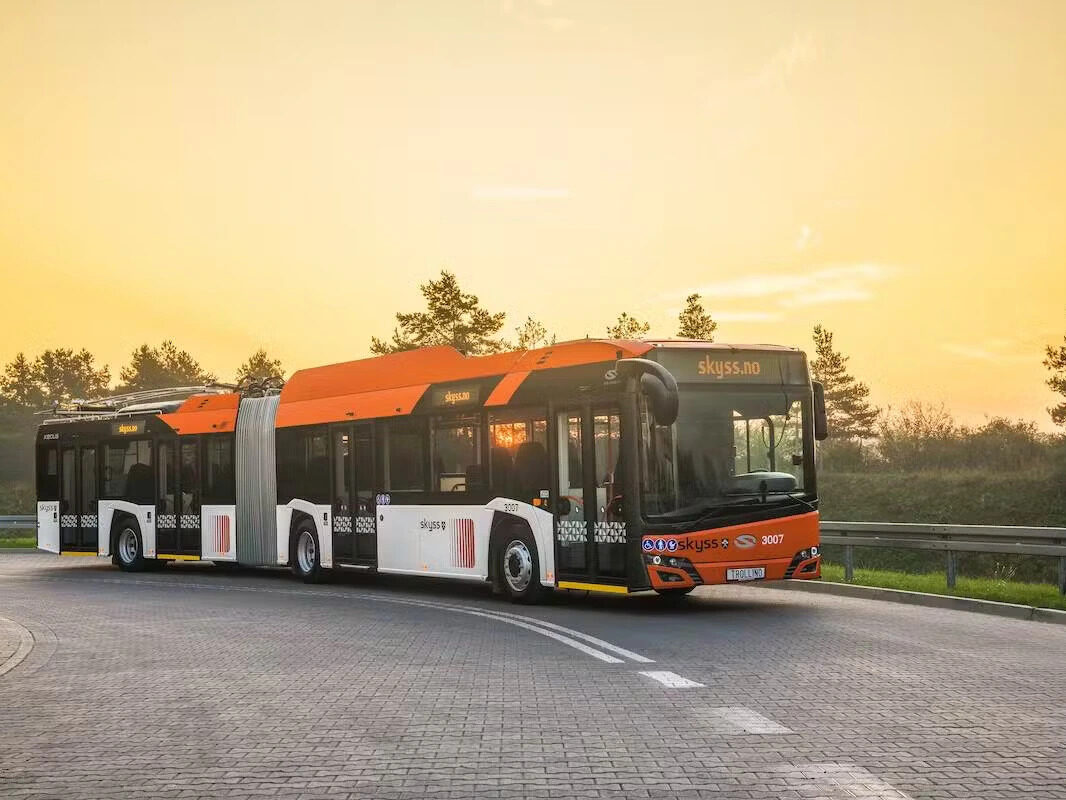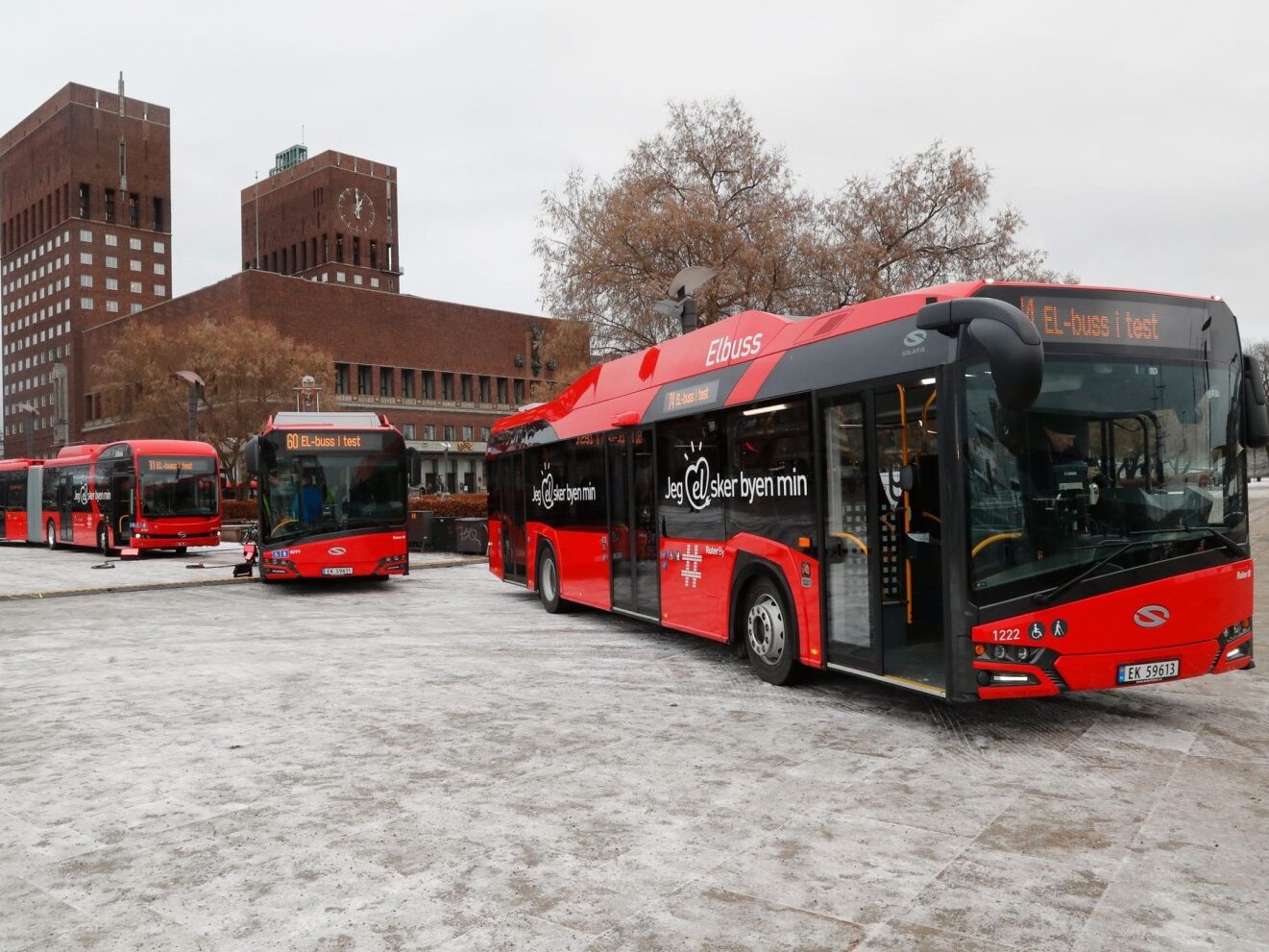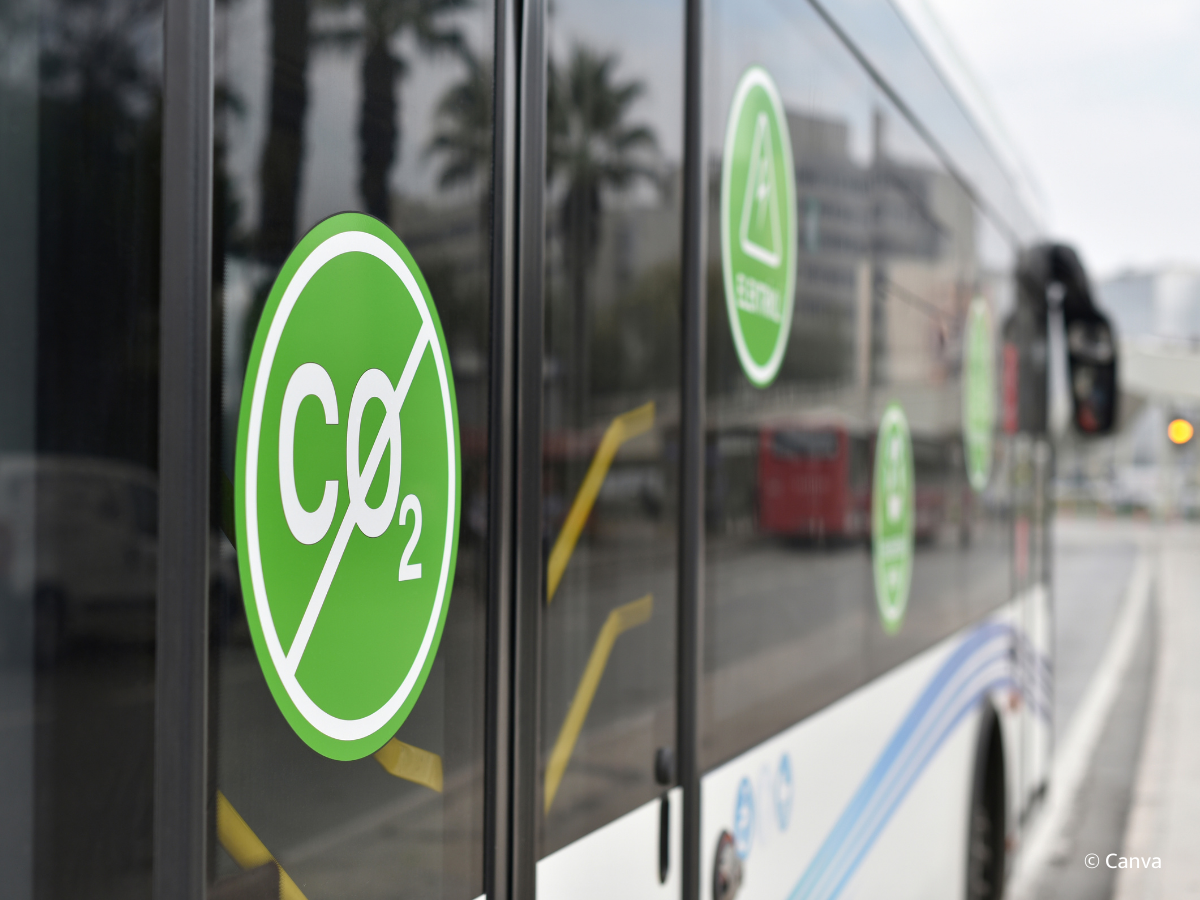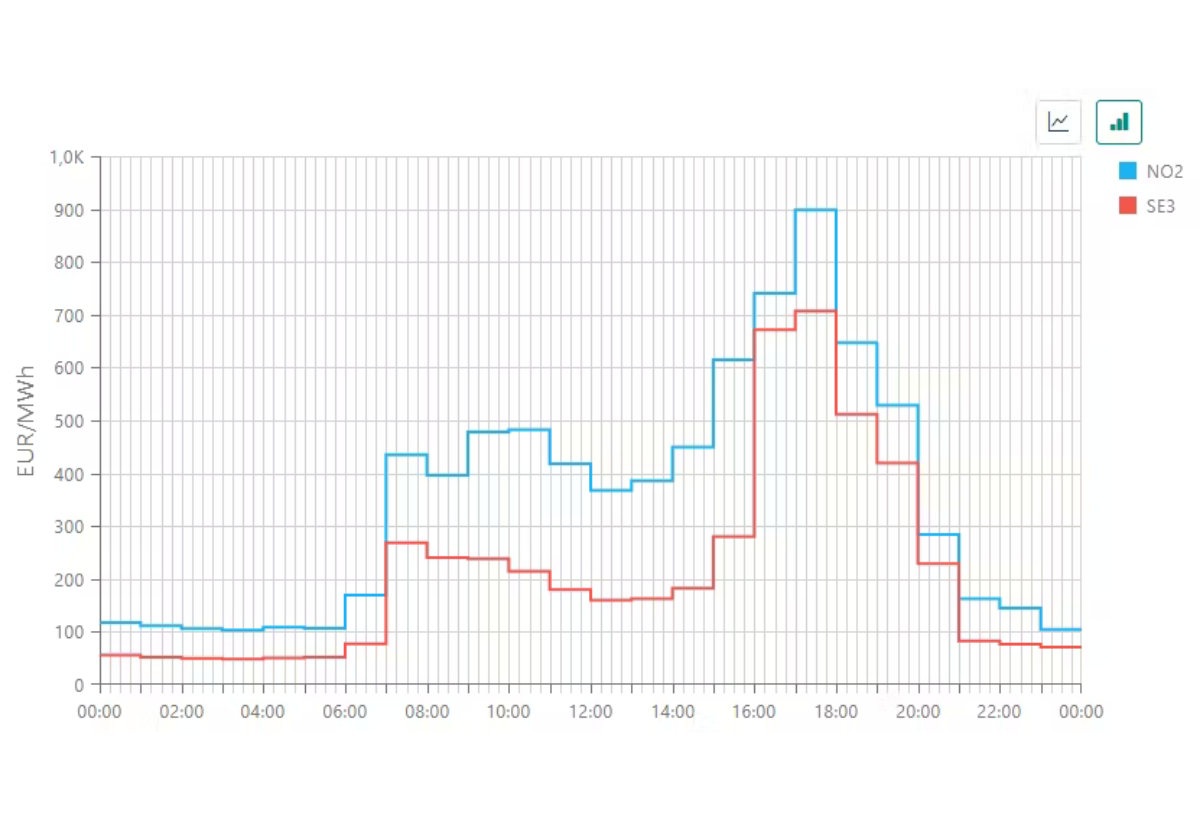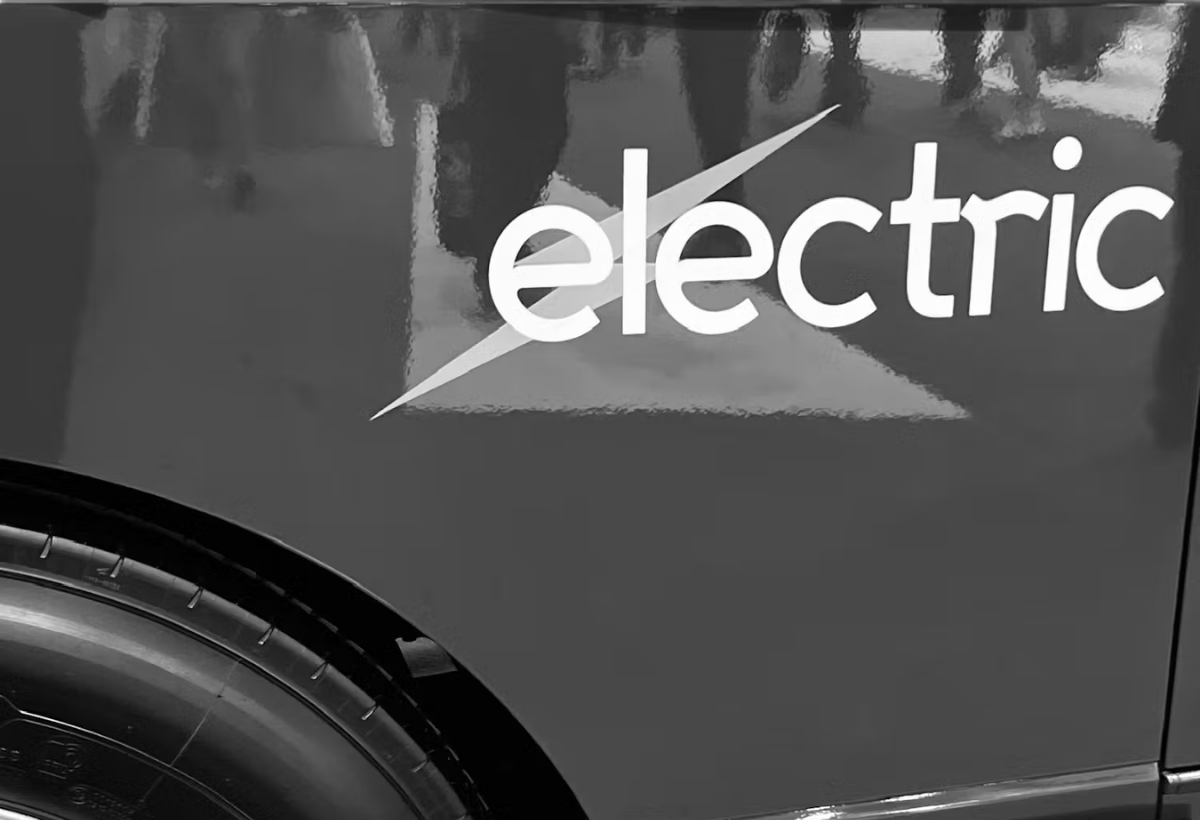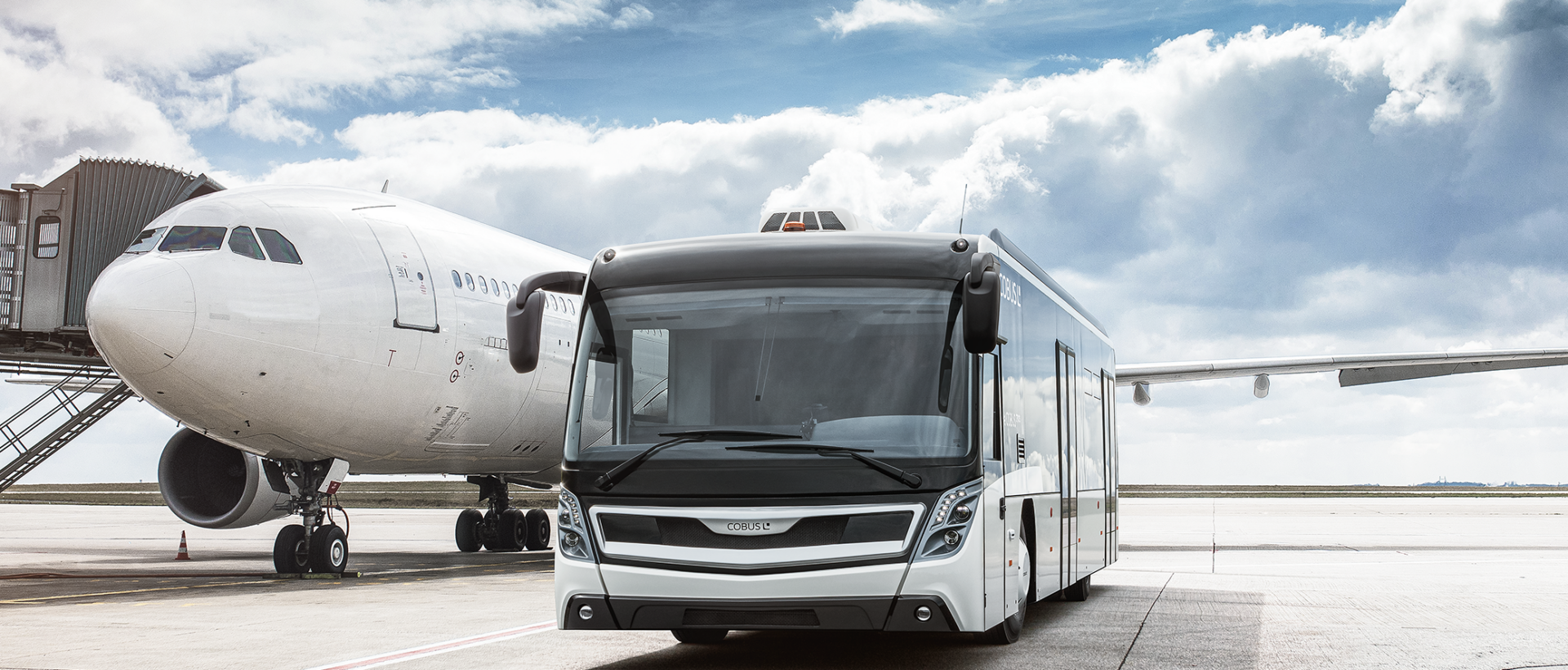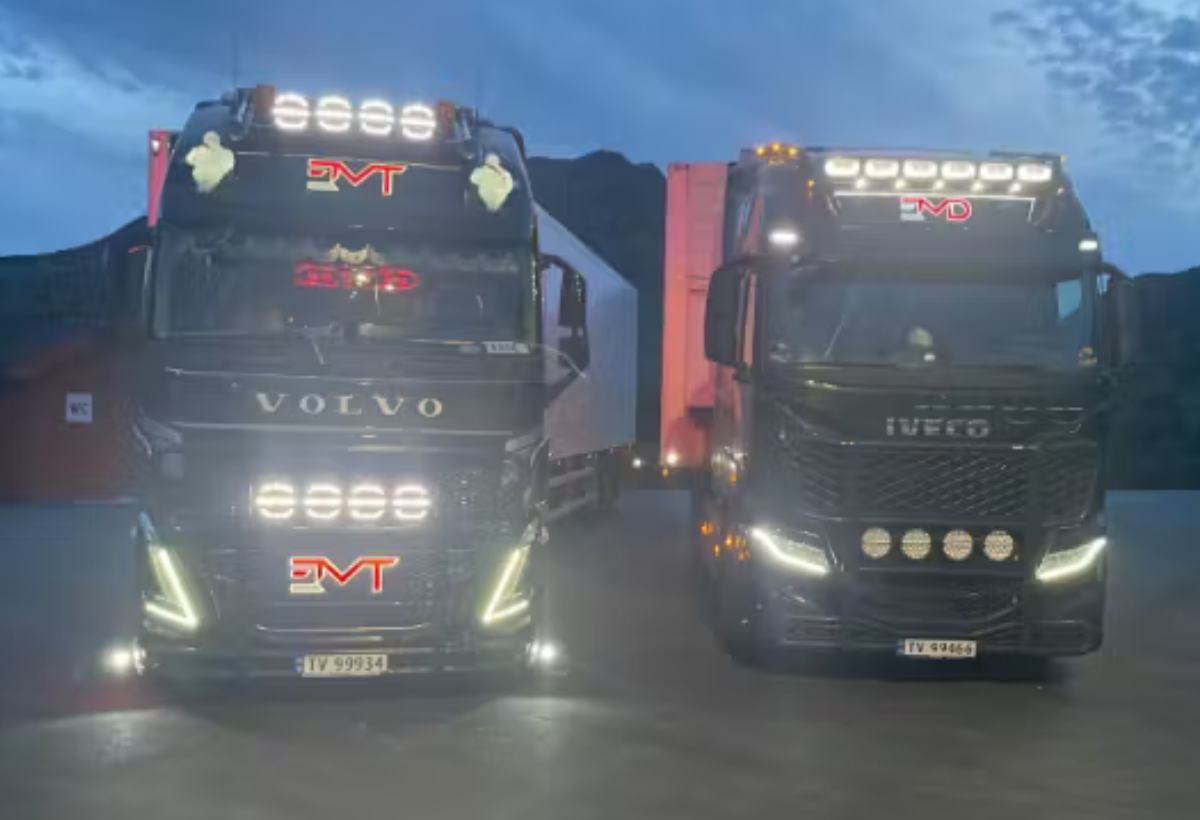As electric vehicle (EV) adoption continues to grow, fleet operators face unique challenges in managing their electric fleets effectively.
One of the most critical aspects of fleet management is load balancing. This concept is essential to optimise the performance and sustainability of electric vehicle fleets.
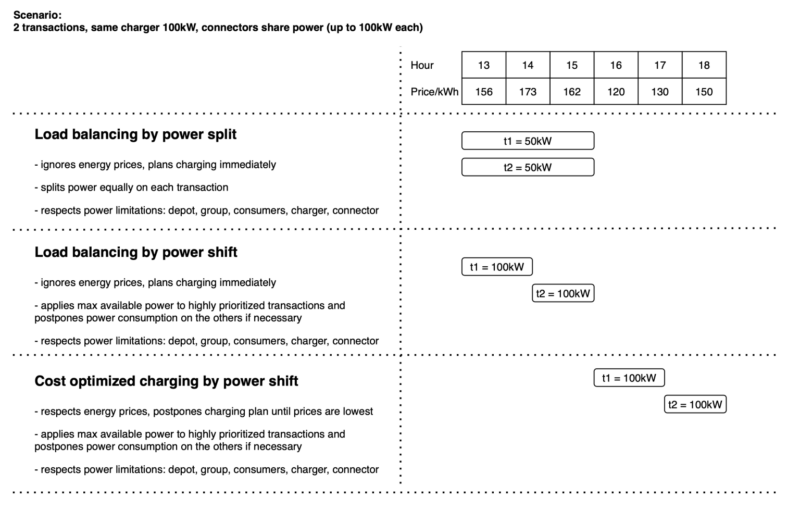
What Is Load Balancing?
Load balancing refers to distributing workloads across multiple resources to ensure that no single resource is overwhelmed while others are underutilised. In the context of electric vehicle fleets, load balancing involves managing the charging and operational schedules of multiple vehicles to optimise energy use and maintain operational efficiency.
Importance of Load Balancing in EV Fleets
Optimised Energy Usage: EV fleets require significant energy to operate, especially when multiple vehicles need charging simultaneously. Proper load balancing helps distribute charging sessions across available charging points, preventing overloads and ensuring that energy consumption aligns with grid capacity. For instance, the “Load Balancing by Power Split” scenario demonstrates how power is evenly divided among active transactions, ensuring equal energy distribution. This approach is effective in avoiding power limitations at depots and chargers.
Cost Efficiency: Electricity prices fluctuate based on demand and time of day. According to Eurostat, peak electricity rates in the EU can be up to 50% higher than off-peak rates. Strategic scheduling of charging during off-peak hours, as exemplified in the “Cost Optimised Charging by Power Shift” scenario, ensures charging occurs when electricity prices are lowest. This approach applies maximum available power to highly prioritised transactions and postpones others to minimise overall costs while adhering to power constraints.
Enhanced Vehicle Availability: Load balancing ensures that vehicles are charged and ready when needed. By prioritising charging sessions dynamically, as seen in the “Load Balancing by Power Shift” scenario, fleet operators can allocate maximum power to critical transactions while deferring less urgent ones. This method improves operational readiness and reliability.
Strategies for Effective Load Balancing
Smart Charging Solutions: Implementing smart charging technology is essential for load balancing in EV fleets. Solutions like Tenix Charge allow fleet operators to monitor and manage charging sessions in real time. By utilising data analytics and machine learning, these systems can adapt charging schedules based on vehicle usage patterns and energy availability.
Route Optimisation: Effective load balancing begins with understanding travel patterns and energy requirements. Using data from Tenix Fleet, fleet managers can optimise routes and determine the best charging locations. This proactive approach ensures vehicles are charged when and where they need it, enhancing overall efficiency.
Demand Response Programmes: Participating in demand response programs can further enhance load balancing. These programs allow fleet operators to adjust charging schedules based on grid demand, helping to stabilise the energy supply. By shifting charging to off-peak times, fleets can minimise costs while supporting grid stability.
Integration with Renewable Energy: Integrating renewable energy sources, such as solar or wind, can significantly enhance load balancing efforts. By utilising onsite renewable energy for charging, fleets can reduce reliance on grid electricity and lower operational costs. Smart energy management systems help coordinate the charging of EVs with renewable energy availability.
Ensuring Efficiency and Sustainability
Load balancing is a critical component of successful electric vehicle fleet management. By optimising energy usage, reducing costs, and enhancing vehicle availability, fleet operators can improve operational efficiency and contribute to sustainability goals. The scenarios depicted in the engineering overview illustrate how these strategies can be applied to real-world fleet operations, highlighting the importance of balancing power distribution, prioritisation, and cost optimisation.
With innovative solutions like Tenix’s fleet management tools, operators can navigate the challenges of fleet electrification and ensure their EVs are not only effective but also environmentally friendly. As the industry continues to evolve, embracing load balancing strategies will be essential for the future of electric vehicle fleets.
For more insights on optimising your electric vehicle fleet, explore Tenix Charge and Tenix Fleet.
This article was originally published by Tenix.


